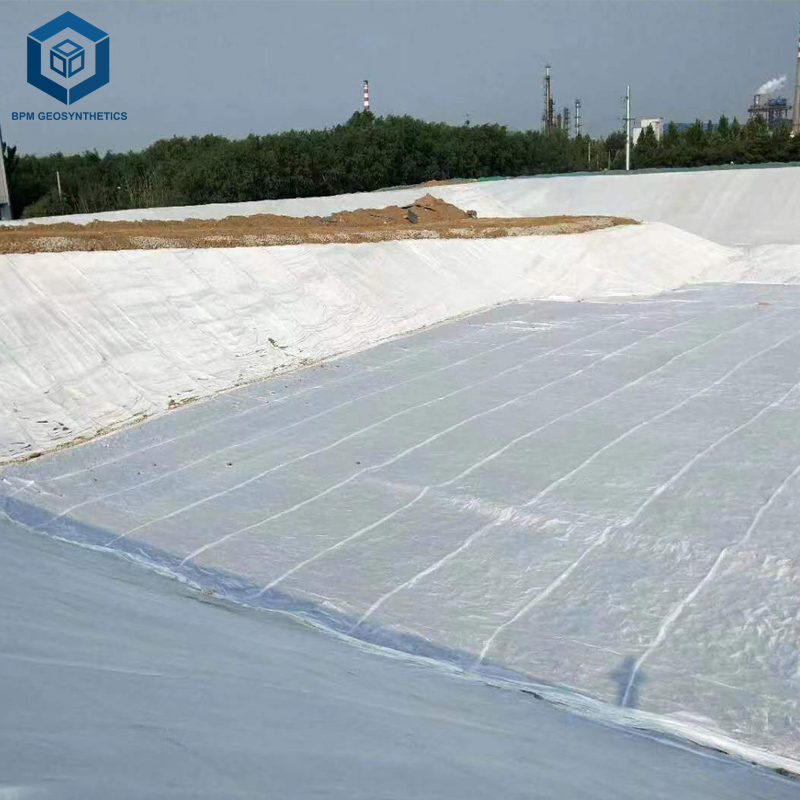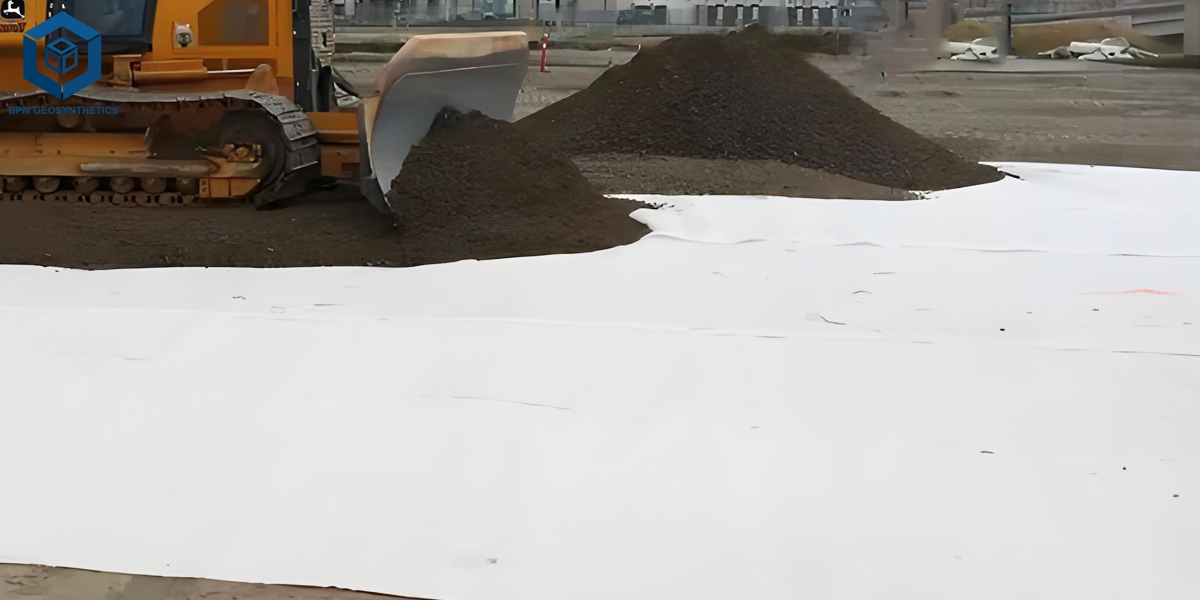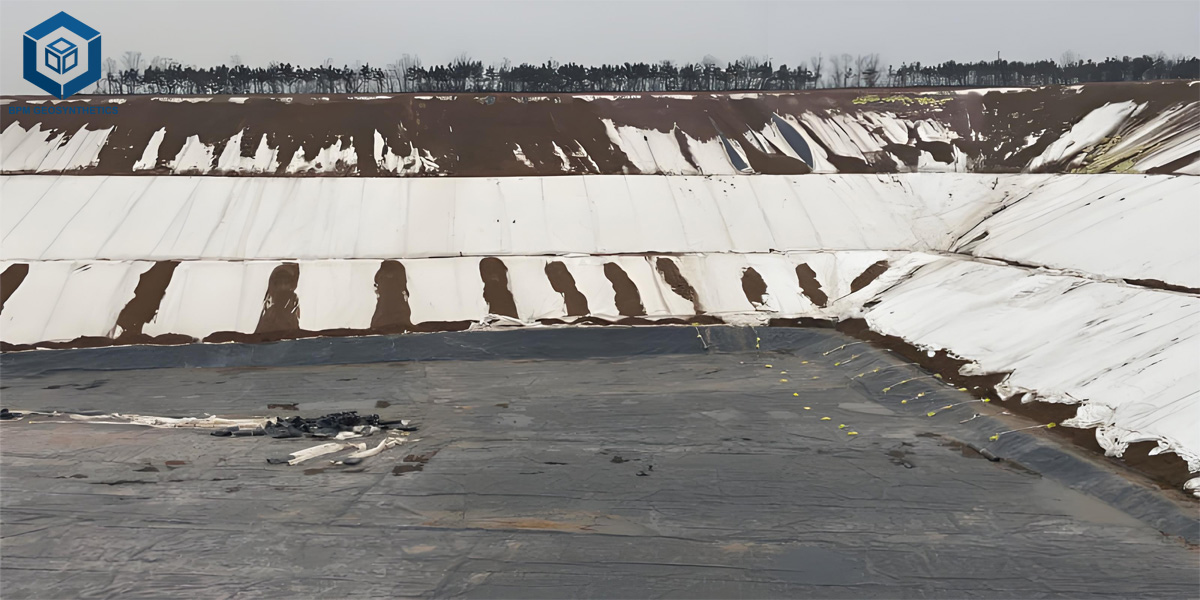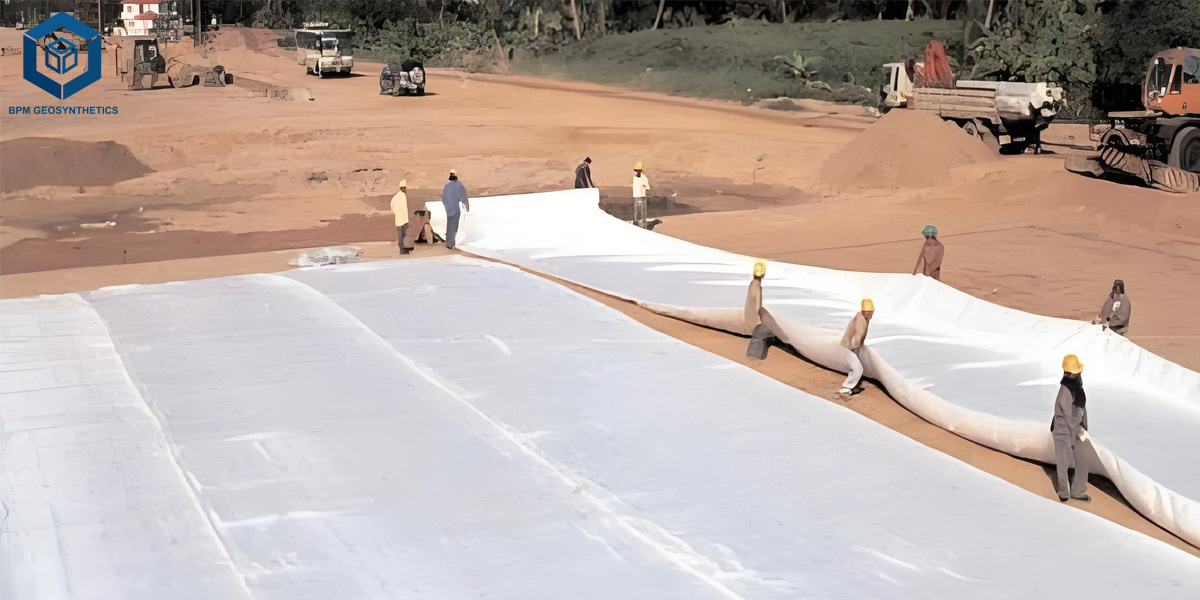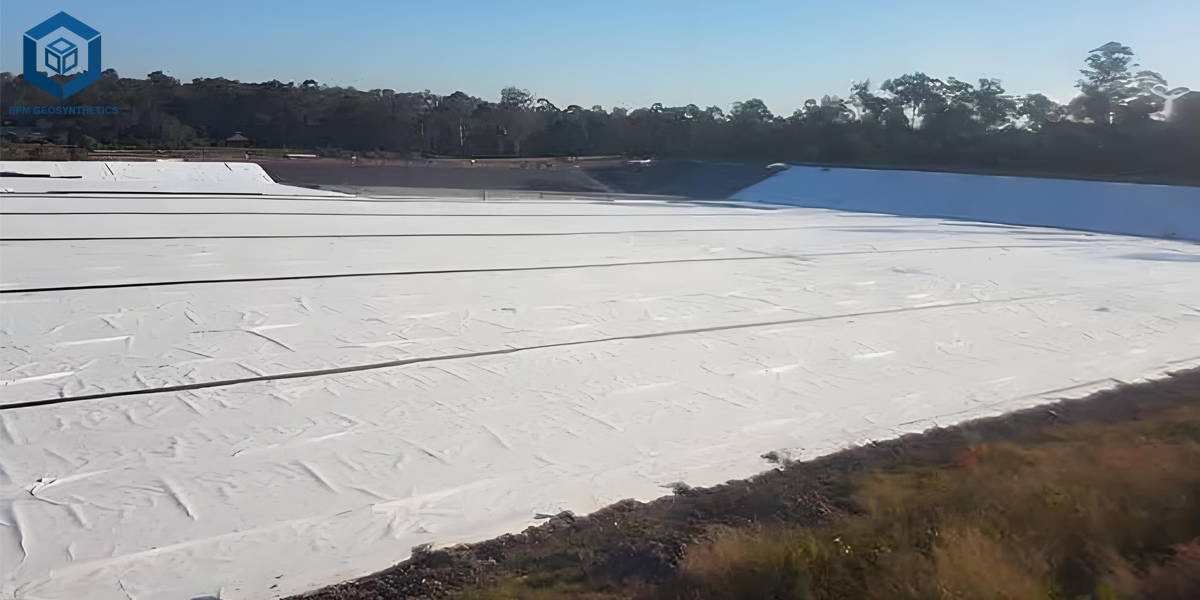Geotextile Road Fabric
As global infrastructure spending increases and transportation networks rapidly expand, Geotextile Road Fabric has become one of the most essential geosynthetic materials in road engineering. Its ability to enhance soil stabilization, prevent rutting, extend pavement life, and reduce maintenance costs makes it a top choice for engineers, contractors, and government procurement agencies.
This article provides a comprehensive overview of Geotextile Road Fabric for international B2B buyers, covering technical features, market demand, manufacturing processes, and critical application guidelines—helping you make informed procurement and engineering decisions.
Geotextile Road Fabric: A Key Material Driving Modern Road Construction Efficiency
As global infrastructure spending increases and transportation networks rapidly expand, Geotextile Road Fabric has become one of the most essential geosynthetic materials in road engineering. Its ability to enhance soil stabilization, prevent rutting, extend pavement life, and reduce maintenance costs makes it a top choice for engineers, contractors, and government procurement agencies.
This article provides a comprehensive overview of Geotextile Road Fabric for international B2B buyers, covering technical features, market demand, manufacturing processes, and critical application guidelines—helping you make informed procurement and engineering decisions.
Global Market Outlook: Why Geotextile Road Fabric Demand Is Growing
The global geotextile market is projected to exceed USD 12 billion by 2030, with road construction applications holding the largest share. Several factors drive the rising demand for Geotextile Road Fabric:
Infrastructure Expansion
New highway construction in Asia, the Middle East, and Africa continues to accelerate, increasing demand for stable road foundations.
Rising Focus on Cost Efficiency
Geotextile Road Fabric reduces aggregate consumption by 15–30% and decreases long-term maintenance, lowering total project costs.
Stricter Engineering Standards
Many countries now require geotextile layers in all major road and railway construction projects.
Climate-Resilient Engineering
More frequent extreme weather events—heavy rain, flooding, frost heave—require stronger roadbed protection, drainage, and filtration systems.
As a result, contractors and engineering firms increasingly rely on high-performance geotextile solutions.
What Is Geotextile Road Fabric?
Geotextile Road Fabric is a permeable geosynthetic textile used in road construction for separation, filtration, reinforcement, and drainage. It prevents soil mixing, strengthens the road base, and stabilizes unstable subgrades.
There are two major types:
Woven Geotextile Road Fabric — for high-strength reinforcement and load distribution
Nonwoven Geotextile Road Fabric — for filtration, drainage, and soil separation
Both types play essential roles depending on soil conditions and engineering requirements.
Key Functions of Geotextile Road Fabric in Road Construction
H2: 1. Soil Separation
Separates fine subgrade soil from aggregate layers, preventing contamination and maintaining structural integrity.
H2: 2. Load Distribution
Enhanced tensile strength helps distribute loads evenly, reducing rutting and road deformation.
H2: 3. Filtration and Drainage
Allows water to pass while retaining soil particles, preventing clogging and maintaining stable drainage.
H2: 4. Roadbed Reinforcement
Improves bearing capacity in soft soil areas, enabling heavy traffic flow without excessive settlement.
H2: 5. Reduced Maintenance
Roads with geotextile layers experience fewer cracks, lower rut depth, and improved pavement lifespan.
Manufacturing Process of Geotextile Road Fabric
Although processes differ between woven and nonwoven materials, high-quality production generally includes the following steps:
H3: Nonwoven Geotextile Production
Polypropylene or polyester fiber selection
Carding and web formation
Needle punching or thermal bonding
Heat setting to stabilize structure
Cutting and roll packaging
H3: Woven Geotextile Production
Extruding PP/PE yarn
Warp and weft weaving
Surface treatment for durability
Quality inspection
Roll finishing and labeling
Advanced manufacturing ensures consistent tensile strength, permeability, and dimensional stability that meet ASTM, ISO, and national construction standards.
Where Geotextile Road Fabric Is Used
H2: Highway and Expressway Construction
Prevents soil contamination and improves structural integrity for long-term heavy traffic.
H2: Rural Roads and Access Roads
Cost-effective stabilization for soft soil areas, mining access roads, forestry roads, and temporary construction routes.
H2: Railway Subgrade Reinforcement
Improves load distribution and reduces settlement under vibration and heavy axle loads.
H2: Airport Runways and Parking Areas
Enhances bearing capacity and drainage performance.
H2: Embankments and Slope Protection
Prevents erosion, soil migration, and structural failure.
Technical Advantages of High-Quality Geotextile Road Fabric
High tensile strength for reinforcement
Excellent permeability for drainage
Chemical and biological resistance
UV-stabilized for outdoor durability
High puncture and tear resistance
Easy to transport, cut, and install
Suitable for a wide temperature range
Reduces aggregate consumption
Extends road service life by 30–50%
These advantages make Geotextile Road Fabric an essential material for modern engineering projects seeking long-term durability.
Market Trends in Geotextile Road Fabric
1. Transition to High-Strength Woven Fabrics
More governments specify woven geotextiles for load-intensive infrastructure.
2. Increased Adoption in Emerging Economies
Rising road development budgets in India, Vietnam, Kenya, and Saudi Arabia boost demand.
3. Growth of Sustainable Construction
Geotextile Road Fabric reduces natural aggregate usage, supporting environmental goals.
4. Smart Manufacturing and Quality Control
Advanced testing improves reliability in critical applications such as motorways and rail systems.
5. Customized Engineering Solutions
Buyers increasingly request custom roll widths, GSM weight, permeability control, and tensile specifications.
FAQ: Common Questions from International Buyers
1. Should I choose woven or nonwoven Geotextile Road Fabric?
Woven: Best for reinforcement and load distribution
Nonwoven: Best for filtration, drainage, and soil separation
Engineering conditions determine the correct type.
2. What GSM or tensile strength is recommended for road construction?
For standard roads, tensile strengths of 20–40 kN/m are common. Heavy-duty applications may require 50–100 kN/m or higher.
3. How long does Geotextile Road Fabric last?
With UV stabilization and proper installation, service life can exceed 25–50 years depending on soil and climate conditions.
4. Can Geotextile Road Fabric be used in wet or soft soil areas?
Yes. It is specifically designed to stabilize soft and saturated subgrades, reducing the need for deep excavation or soil replacement.
Conclusion & Professional Call to Action
Geotextile Road Fabric is a critical component in modern road engineering, providing long-term soil stabilization, enhanced drainage, reduced maintenance costs, and improved structural performance. As global infrastructure development continues to expand, demand for high-performance geotextiles will continue to rise across transportation, mining, railway, and airport sectors.
If you require technical consultation, customized specifications, engineering support, or bulk procurement of Geotextile Road Fabric, We are ready to assist. Our team provides professional guidance, tailored roll sizes, and reliable international shipping to support your infrastructure projects with durable and cost-effective solutions.

